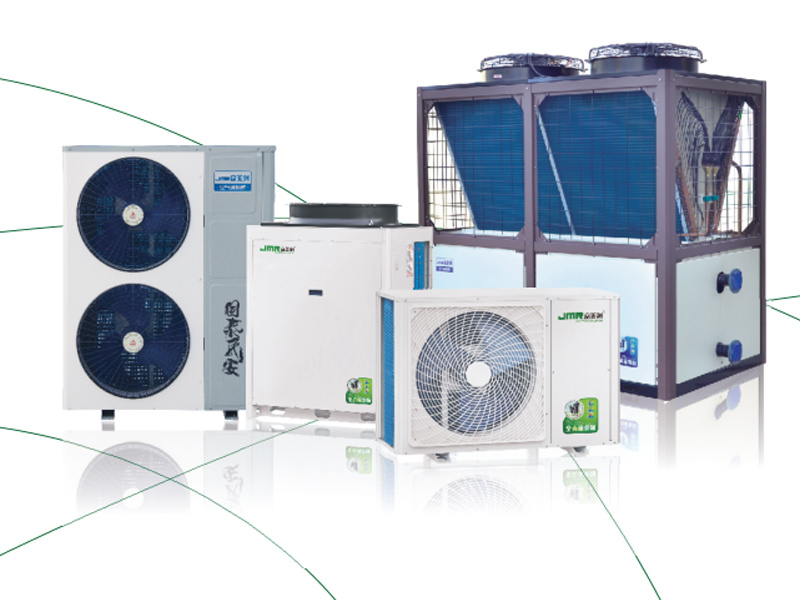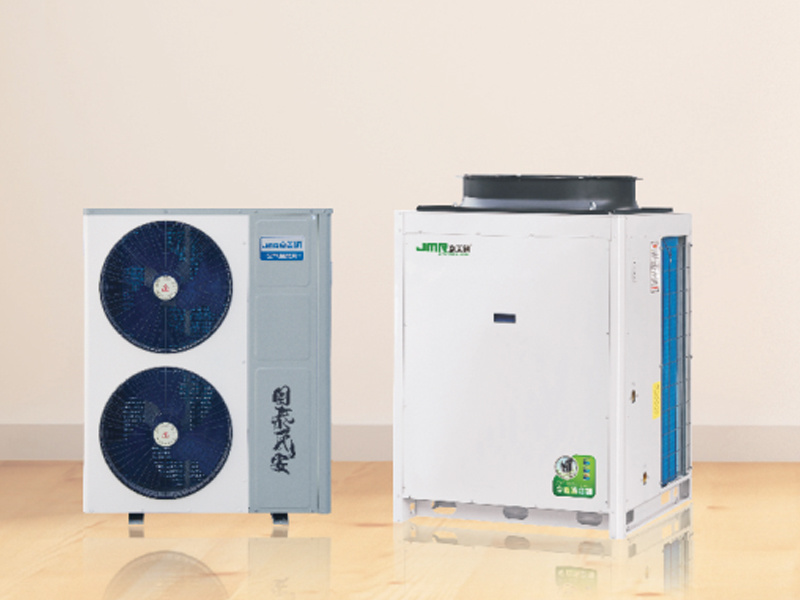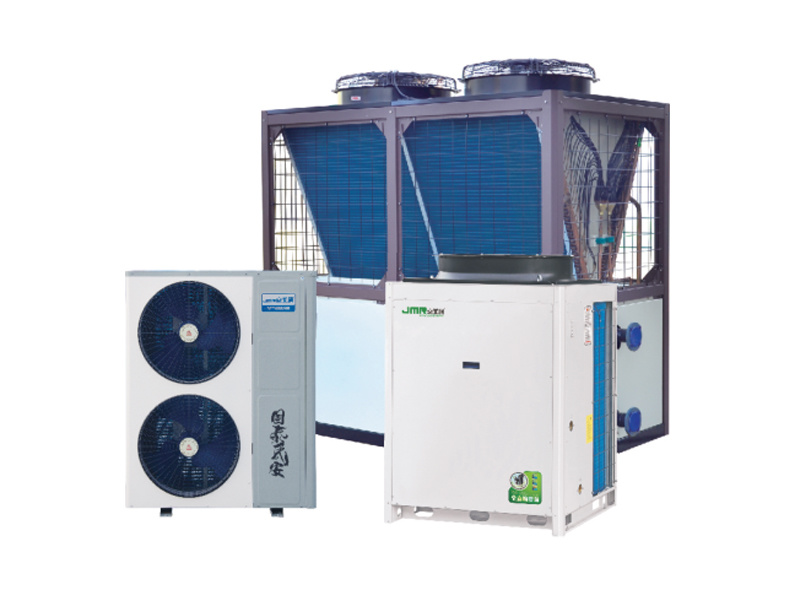How Low Temperature Air Source Heat Pumps Impact Energy Consumption: A Comprehensive Guide
Release Time:
Jul 26,2025
How Low Temperature Air Source Heat Pumps Impact Energy Consumption Introduction to Low Temperature Air Source Heat Pumps Low temperature air source heat pumps (ASHPs) are innovative devices designed to extract heat from the outside air, even in colder climates. These units are gaining popularity due to their energy efficiency and ability to provide heating and cooling solutions in residential and
How Low Temperature Air Source Heat Pumps Impact Energy Consumption
Introduction to Low Temperature Air Source Heat Pumps
Low temperature air source heat pumps (ASHPs) are innovative devices designed to extract heat from the outside air, even in colder climates. These units are gaining popularity due to their energy efficiency and ability to provide heating and cooling solutions in residential and commercial spaces. Understanding how they function and their implications for energy consumption is crucial for homeowners and businesses looking to lower their energy costs.
Understanding the Mechanism of Low Temperature ASHPs
How Air Source Heat Pumps Operate
Air source heat pumps operate on the principle of thermodynamics. They transfer heat from the outdoor air to the indoors, using a refrigerant that absorbs and releases heat during its cycle. The process involves four main components:
1. **Evaporator:** The refrigerant absorbs heat from the air, transforming from a liquid to a gas.
2. **Compressor:** The gas is compressed, increasing its temperature.
3. **Condenser:** The hot gas releases heat inside the building, transforming back into a liquid.
4. **Expansion Valve:** The refrigerant expands and cools down before returning to the evaporator.
This cycle allows ASHPs to provide efficient heating even at low temperatures, making them suitable for various climates.
Performance in Low Temperatures
Low temperature air source heat pumps are specifically designed to function effectively in temperatures as low as -15°C (5°F). Modern units are equipped with advanced technology and features that enhance their performance, such as variable-speed compressors and enhanced insulation. This ensures that even in colder months, these systems can maintain a comfortable indoor climate while remaining energy-efficient.
The Energy Efficiency of Low Temperature Air Source Heat Pumps
What is Energy Efficiency?
Energy efficiency refers to using less energy to achieve the same level of heating or cooling. Low temperature ASHPs excel in this area, often achieving a coefficient of performance (COP) of 3 to 4. This means that for every unit of electricity consumed, they can produce three to four units of heat.
Comparing ASHPs to Traditional Heating Systems
When compared to traditional heating systems, such as electric resistance heaters or gas furnaces, low temperature ASHPs demonstrate significant energy savings. Traditional systems often operate at a COP of 1, meaning they convert one unit of energy into one unit of heat. In contrast, ASHPs leverage the ambient air's energy, drastically lowering energy consumption and costs.
Impact on Energy Consumption
Quantifying Energy Savings
Research indicates that homes using low temperature ASHPs can experience energy savings of 30% to 50% compared to conventional heating methods. This reduction not only translates into lower energy bills but also decreases greenhouse gas emissions associated with energy production.
The Role of Insulation and Building Design
While low temperature ASHPs are efficient, their effectiveness can be influenced by a home's insulation and design. Proper insulation minimizes heat loss, allowing the heat pump to operate at peak efficiency. Energy-efficient windows, insulated walls, and proper sealing of gaps play crucial roles in maximizing the benefits of low temperature ASHPs.
Environmental Benefits of Low Temperature ASHPs
Reducing Carbon Footprint
Switching to low temperature air source heat pumps significantly reduces a household's carbon footprint. With lower energy consumption, the reliance on fossil fuels diminishes, leading to fewer greenhouse gas emissions. As more homes adopt these systems, the collective impact can contribute to climate change mitigation efforts.
Utilizing Renewable Energy Sources
Low temperature ASHPs can be integrated with renewable energy sources, such as solar panels. This synergy enhances energy independence and further reduces environmental impact. By powering the heat pump with solar energy, homeowners can achieve near-zero energy heating solutions.
Cost Considerations
Initial Investment vs. Long-Term Savings
The initial cost of installing a low temperature ASHP can be higher than traditional heating systems. However, the long-term savings on energy bills and maintenance costs can offset this upfront investment. Many regions also offer incentives or rebates for energy-efficient upgrades, further decreasing financial barriers.
Maintenance and Longevity
Regular maintenance is vital for ensuring the optimal performance of low temperature ASHPs. Routine checks, including cleaning filters and inspecting components, can extend the lifespan of these systems. With proper care, a heat pump can last 15 to 20 years, providing consistent energy savings throughout its service life.
Choosing the Right Low Temperature ASHP
Factors to Consider
When selecting a low temperature air source heat pump, consider the following factors:
1. **Home Size and Insulation:** Ensure the unit's capacity matches your home's heating needs.
2. **Climate Zone:** Choose a model designed for your specific climate conditions to maximize efficiency.
3. **Brand Reputation and Warranty:** Research reputable brands and their warranty offerings to ensure quality and reliability.
Professional Installation
Engaging a professional for the installation of a low temperature ASHP is crucial. Proper installation not only ensures optimal performance but also complies with local building regulations. Professionals can assess your home’s specific needs and recommend the best system to maximize energy efficiency.
FAQs about Low Temperature Air Source Heat Pumps
1. What temperatures can low temperature ASHPs operate in?
Low temperature ASHPs can operate efficiently in temperatures as low as -15°C (5°F), making them suitable for various climates.
2. How much can I save on energy bills with a low temperature ASHP?
Homeowners can expect energy savings of 30% to 50% compared to traditional heating systems, depending on usage and insulation quality.
3. Do low temperature ASHPs require a lot of maintenance?
While they require regular maintenance, such as cleaning filters and checking components, overall maintenance is minimal compared to conventional heating systems.
4. Are there any government incentives for installing low temperature ASHPs?
Many regions offer incentives and rebates for energy-efficient upgrades, including low temperature ASHP installations. Check with local utility providers for available programs.
5. Can I use renewable energy sources with low temperature ASHPs?
Yes, low temperature ASHPs can be integrated with renewable energy sources like solar panels, enhancing energy efficiency and reducing environmental impact.
Conclusion
Low temperature air source heat pumps are revolutionizing the way we think about heating and cooling our homes and businesses. Their efficiency, combined with environmental benefits and potential cost savings, makes them an attractive option for anyone looking to reduce energy consumption. By understanding their operation, performance in low temperatures, and long-term benefits, homeowners can make informed decisions that positively impact their energy bills and the environment. Embracing this technology not only enhances comfort but also contributes to a more sustainable future.
Key words:
What Else Might You Learn?






